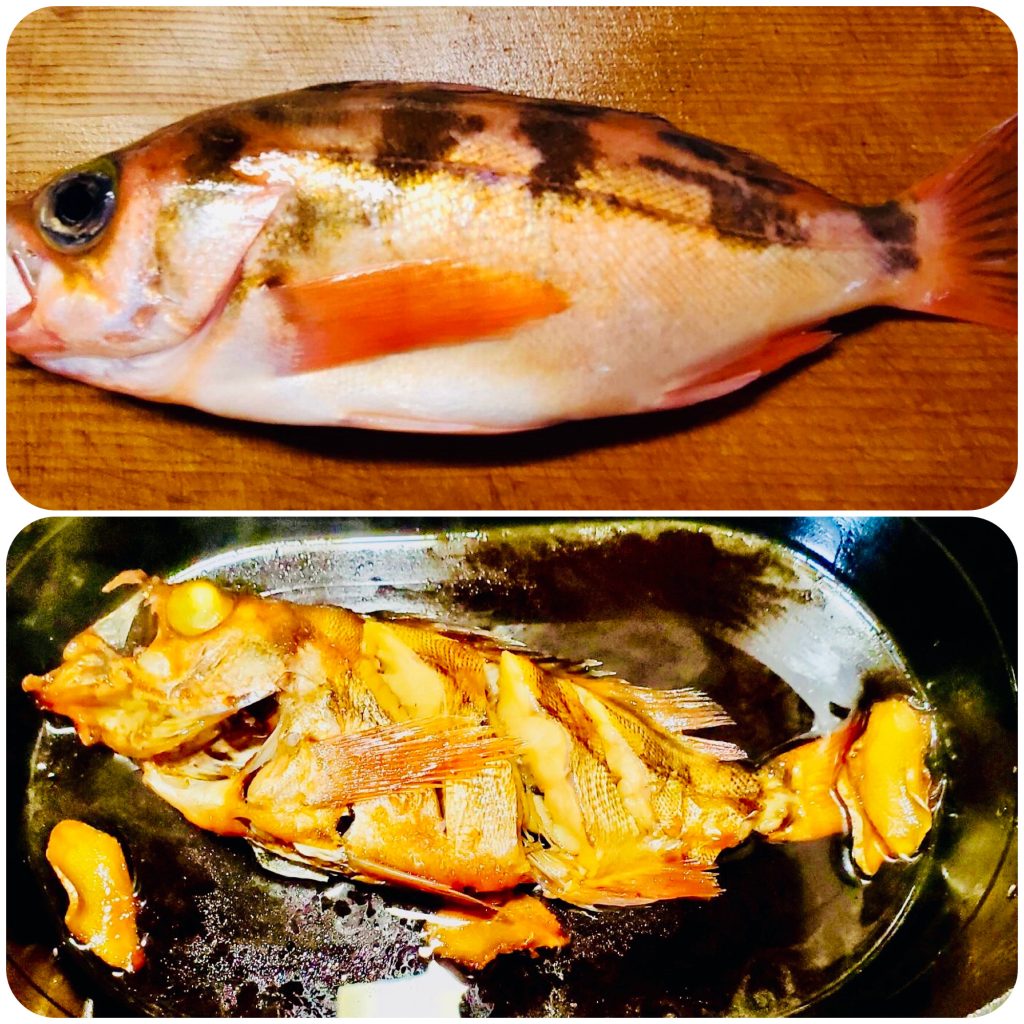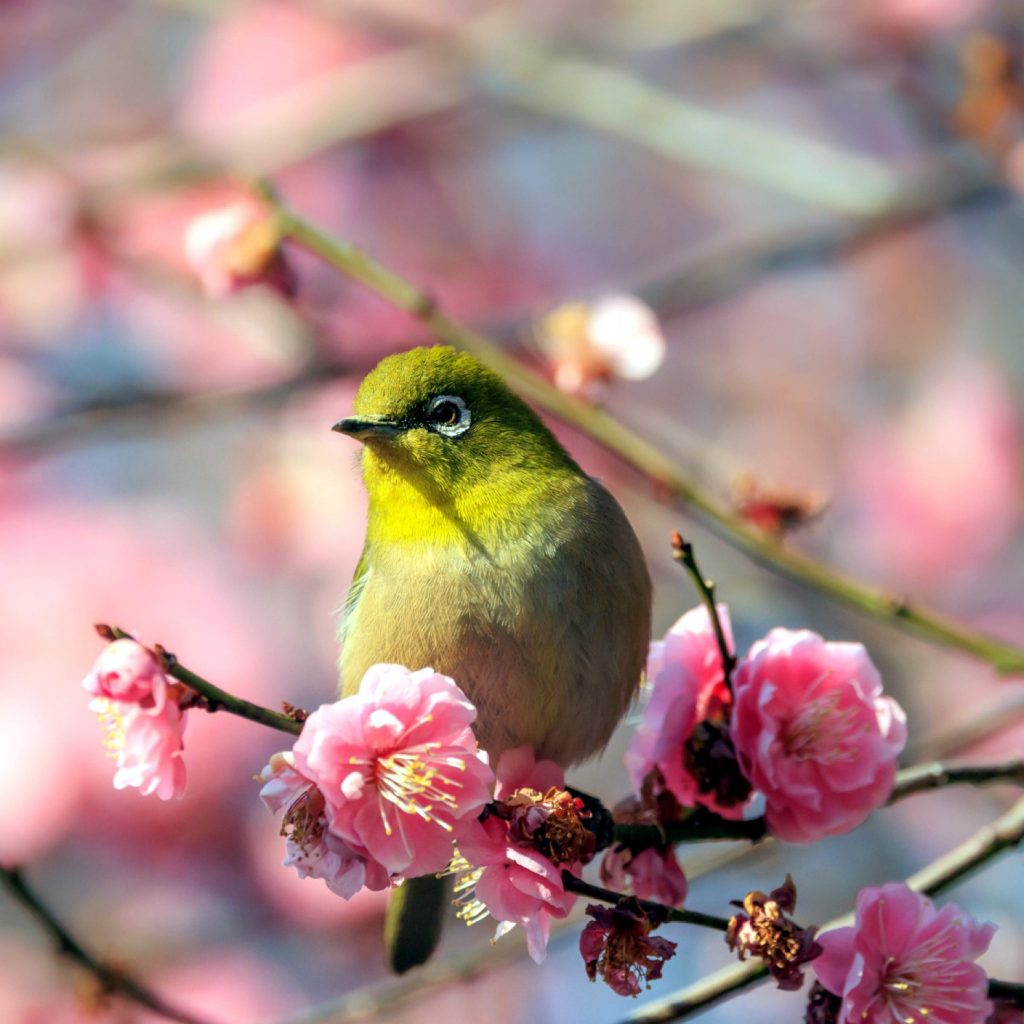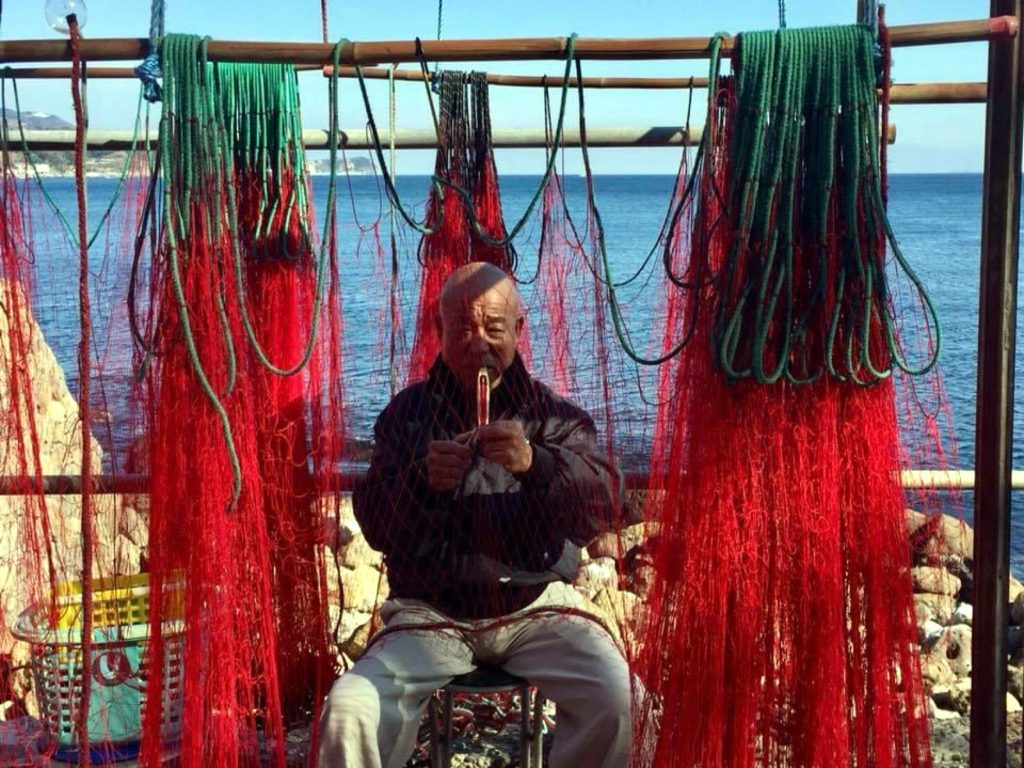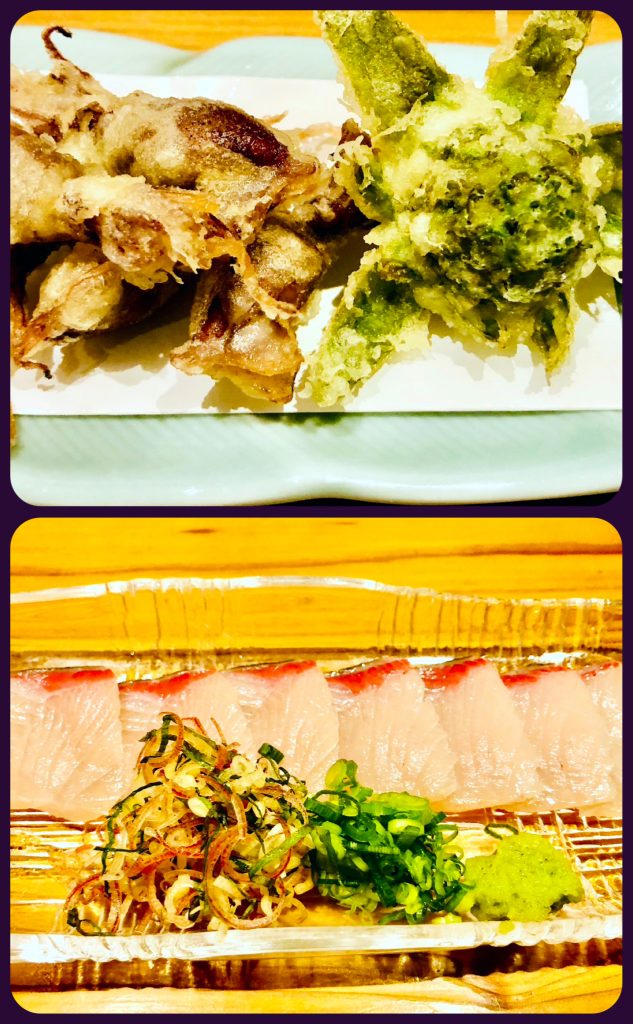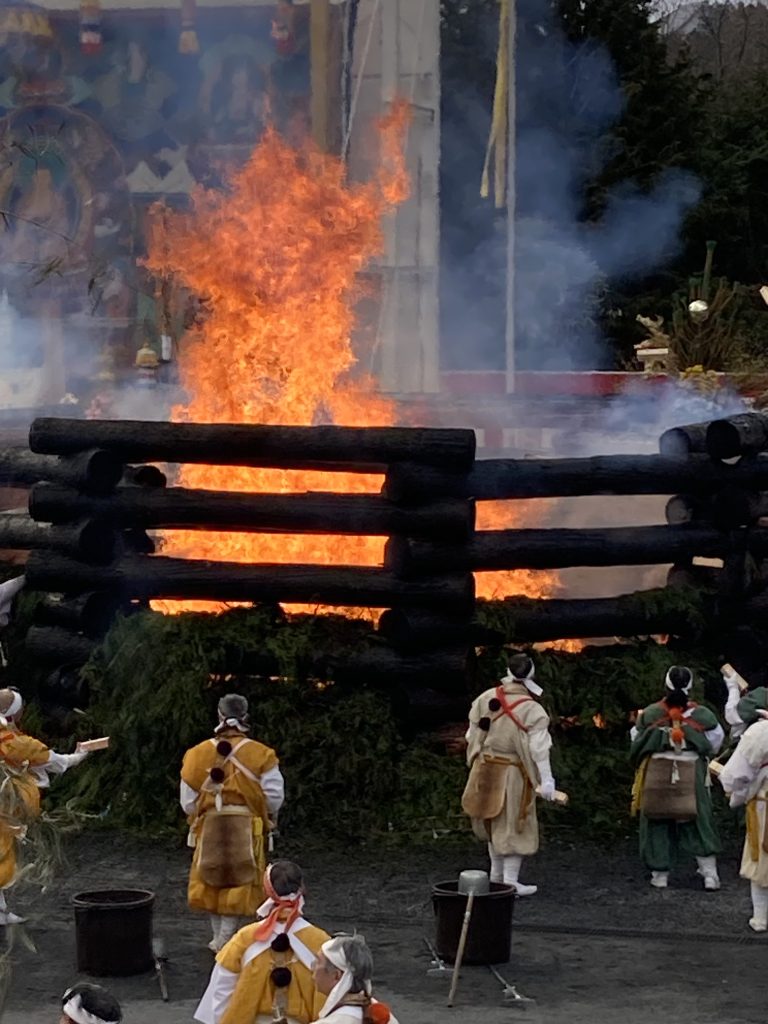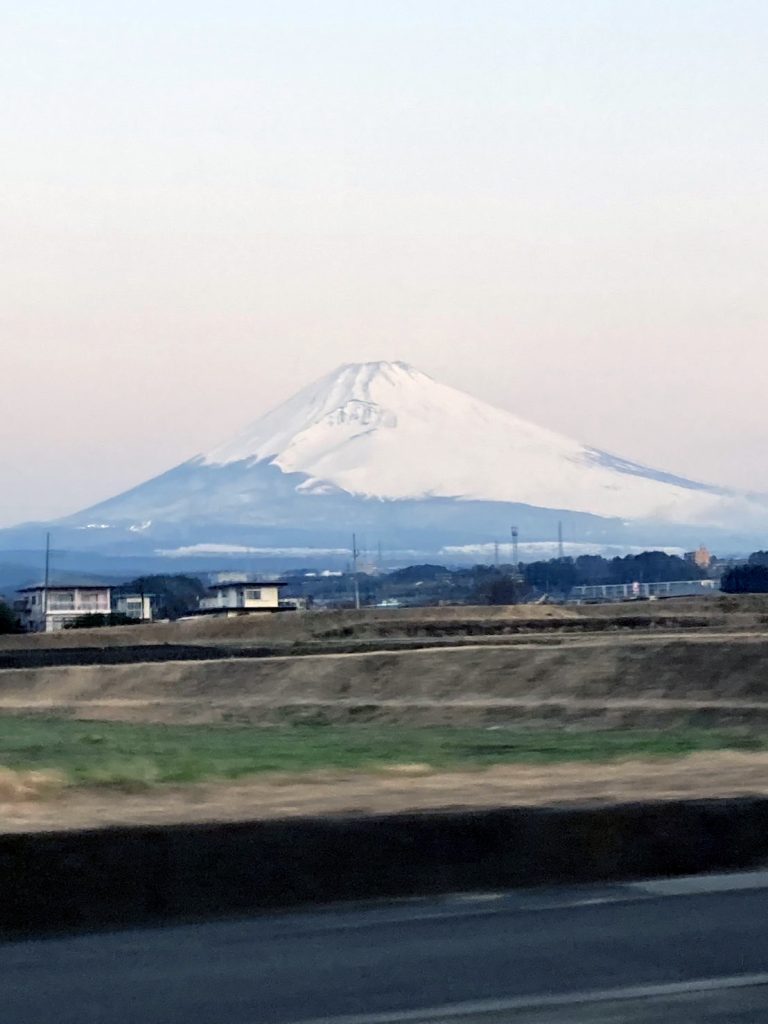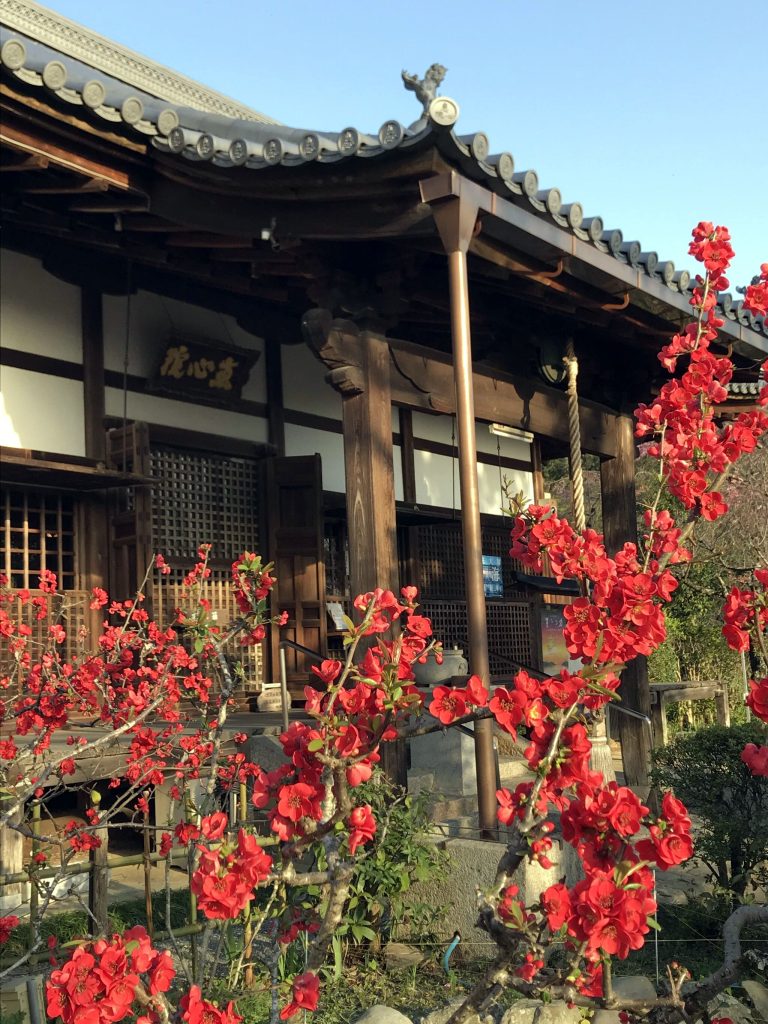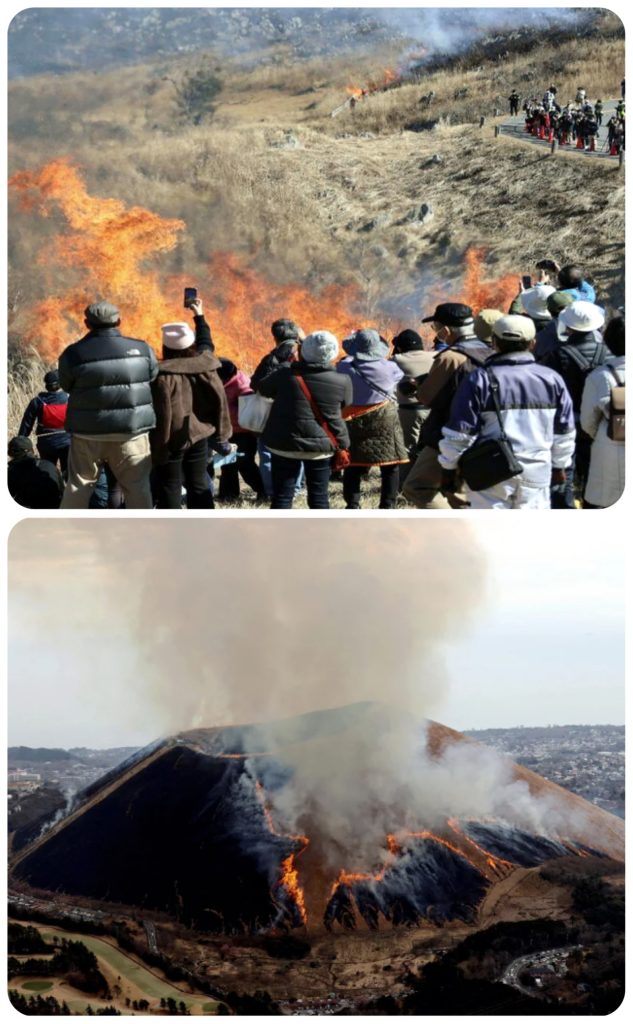
Yesterday, the 18th, was bustling with news of mountain burning. The controlled burns took place in Akiyoshidai National Park, known for its representative karst plateau in Mine City, Yamaguchi Prefecture, and at the nationally designated natural monument, “Oomuroyama,” in Ito City, Shizuoka Prefecture. In the past, the practice of burning grass for livestock feed and thatching materials for roofs was widespread across the country. However, such activities have significantly decreased over time. Nevertheless, the tradition of grassland burning is still preserved in various regions throughout the country.
Recently, these controlled burns are conducted not with the primary purpose of livelihood but rather to maintain landscapes and ensure biodiversity. The spectacle of vast grasslands and mountains engulfed in flames serves as a poetic harbinger of spring, attracting numerous tourists.
New buds and insects emerge from the earth that has been warmed by mountain burning, but when it’s as warm as it has been these days, there may be no need to wait for mountain burning.
昨日18日は山焼きのニュースで賑わいました。日本を代表するカルスト台地で知られる山口県美祢市の秋吉台国定公園で行われた山焼きと、静岡県伊東市にある国の天然記念物「大室山」で行われた山焼きです。家畜の飼料や茅葺き屋根の材料に利用するために草を資源として使っていた時代は、全国各地で盛んに行われましたが、今はだいぶ少なくなりました。それでも全国各地に草原の野焼きの風習が残っています。
最近ではそのような生業と結びついた野焼きが目的ではなく,景観を維持する目的や生物の多様性を確保する目的のために行われています。広大な草原や山が炎に包まれる光景は春の訪れを告げる風物詩として、多くの観光客が押し寄せます。
温まった大地からは新芽が吹き虫たちが顔を出しますが、昨今のようにこう暖っかいと、山焼きを待つまでもないかもしれません。

